Nesting Red-capped Plovers
10,000 Birds
AUGUST 13, 2023
We have also observed pairs of Pied Oystercatchers choosing sand over rocks and each pair appears to use the same strategy year after year. Red-capped Plover nest We have mostly observed Red-capped Plover nests with two eggs, so she may well have laid another egg by now.

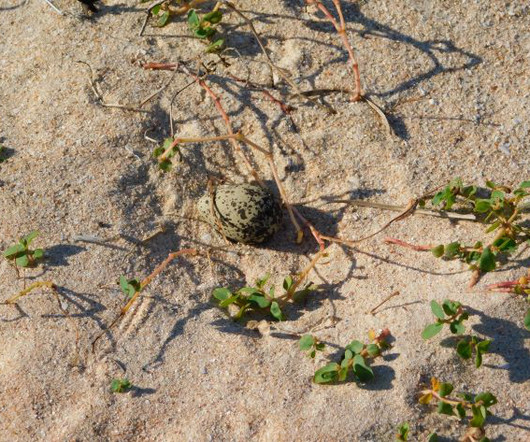








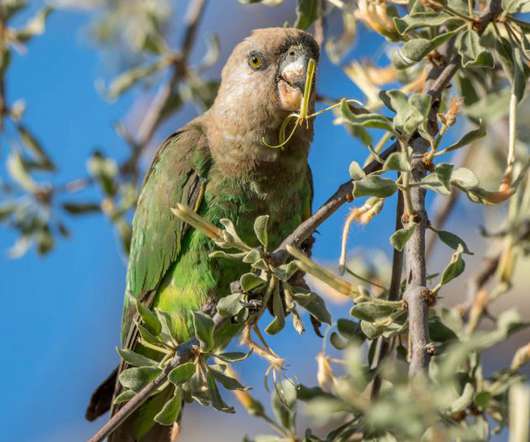

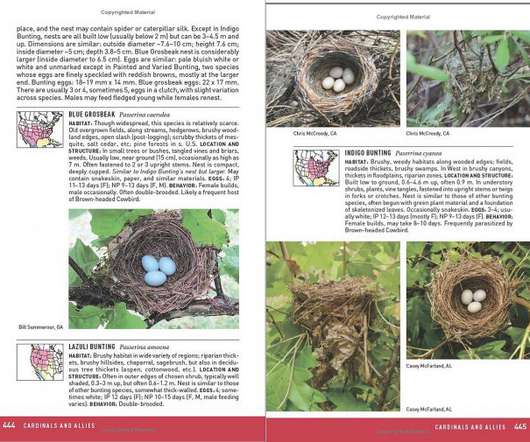
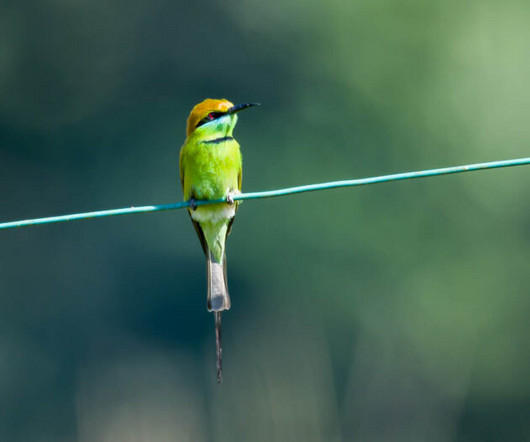
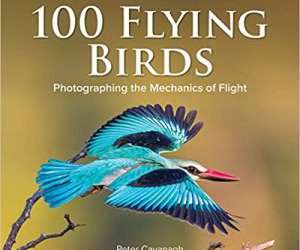
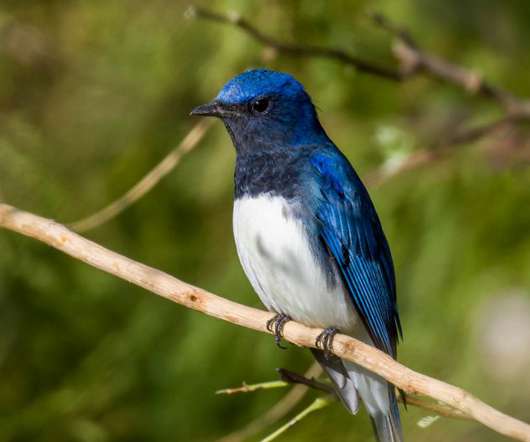







Let's personalize your content